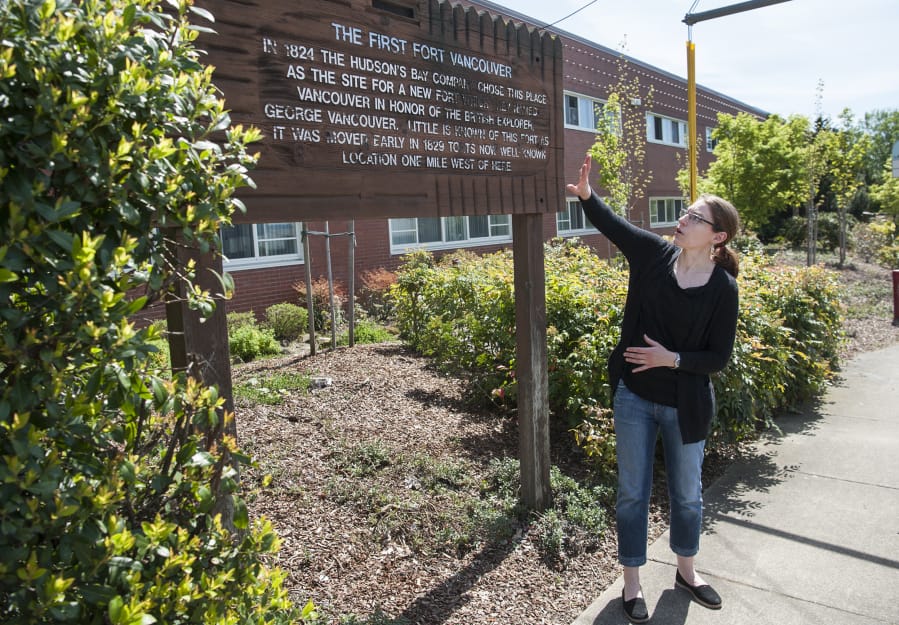How do you lose a fort?
That’s a question we asked a few years ago, and now we have a new version.
How do you lose it twice?
The update is the basis for an archaeology project we wrote about Wednesday in our Neighbors section. Amy Clearman hopes to find some sign of the original Fort Vancouver, which was established in 1825 on a bluff overlooking the Columbia River.
The fort was moved in 1829 to the present site of the replica Fort Vancouver, which is part of the National Park Service system.
It’s possible that the site of the 1825 fort vanished because maybe the Hudson’s Bay Company literally moved the whole thing — lock, stockade and barrel.
“A neighborhood resident says that material from the first fort was used to build the 1829 fort,” she said.
While she doesn’t know the source for the resident’s information, “That makes sense,” Clearman said.
If men had to cut, trim up and transport logs for a whole new fort, “That’s a lot of work to do by hand.”
A century later, people in the community couldn’t quite remember where that relocated fort was, either.
“There were a few factors that led to the disappearance of the fort,” said Doug Wilson, National Park Service archaeologist. “For one, it appears that the Army may have burned it.
“The flood of 1894 put an inch or two of silt on top of it; part of it was used as a grass air strip for the Army Air Corps at Pearson Field.
“Most importantly, during World War I, the Army placed about 1 1/2 feet of fill over much of it for the world’s largest spruce mill.”
In a 1946 Columbian story, a state historical society official said a reconstructed Fort Vancouver would be the No. 1 historical attraction in the West. But first, they had to find its location. And that’s what Louis Caywood did, starting in 1947.
“While there were considerable changes to the landscape over time, it was a testament to Caywood’s skill as an archaeologist that he was able to relocate the fort definitively within about three days. He was able to determine that the remains were largely intact and could contribute valuable scientific and historical data for posterity,” Wilson said in an email message.
“He was able to substantiate the abundant documentary records that suggested that Fort Vancouver was of such historical and archaeological significance that it should be preserved for future generations as a National Park site.”
Off Beat lets members of The Columbian news team step back from our newspaper beats to write the story behind the story, fill in the story or just tell a story.




